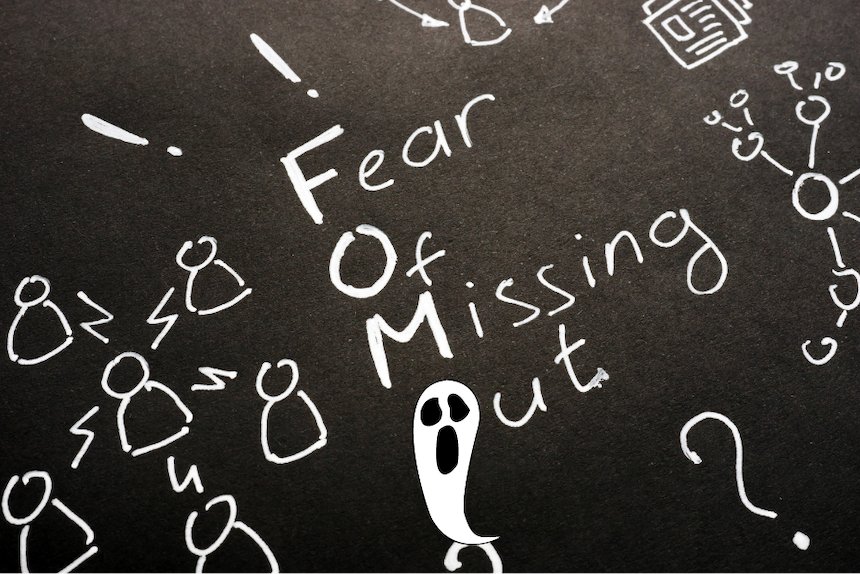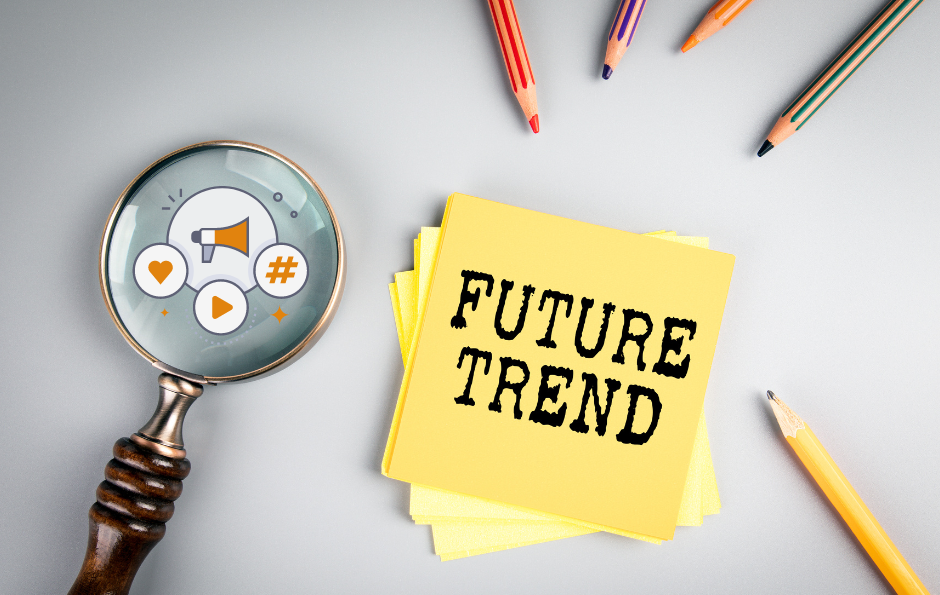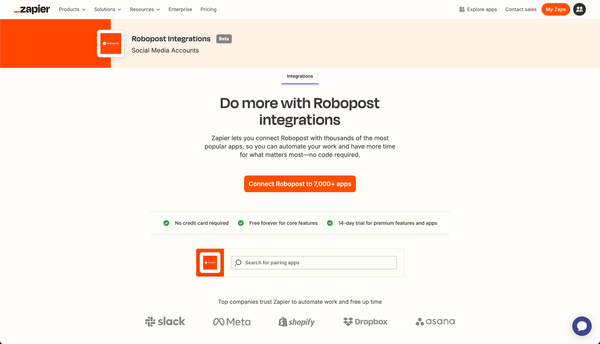The Psychology Behind Social Media Engagement: What Marketers Need to Know
Discover how social media psychology impacts marketing engagement in our insightful article.

Social media is essential for connecting with consumers and affecting their buying choices. Marketers need to understand what motivates people on social media to create effective strategies. This article explores the psychological factors involved and gives practical tips for marketers to improve their online presence and influence consumers.
Key Takeaways
- Social media marketing influences consumer behavior by creating awareness, providing social proof, using targeted ads, leveraging influencer impact, and enabling real-time engagement.
- Key psychological factors in social media interactions include the need for social validation, emotional triggers, FOMO, and trust through transparency.
- Measuring social media's impact on consumer behavior involves evaluating campaign effectiveness, understanding metrics, and using social listening for insights.
- Future trends in social media marketing include augmented reality, predictive analytics, evolving influencer marketing, and addressing consumer privacy concerns.
Understanding Consumer Behavior in the Social Media Landscape

The Role of Social Proof in Consumer Decisions
Social proof is a psychological concept where people look to others for cues on how to behave. This is especially true on social media, where the actions and approvals of peers can greatly influence someone's decision to engage with or buy a product.
Social media is a big part of daily life and affects how people interact with brands. The visibility of user interactions like likes, shares, and comments boosts the effect of social proof, acting as endorsements that can significantly influence buying decisions.
For marketers, understanding and using social proof is key to creating strategies that connect with audiences.
- Increased exposure: More people see your products and services.
- Decision-making influence: Social proof helps guide people's choices.
- Personalization: Arrange content based on user interests and preferences.
- Purchase intention: Positive interactions increase the likelihood of buying.
Effectively using social media can enhance a brand's value perception, loyalty, and profitability.
Influencer Marketing and Its Impact on Purchases
Influencer marketing has become a powerful tool for influencing consumer behavior. Influencers can affect buying decisions by using the trust and connection they've built with their followers, providing a type of social proof that supports a consumer's choice to buy a product or service.
- Influencers offer authentic and relatable content, making products more attractive.
- They often set trends, creating urgency to buy.
- Partnering with influencers can increase brand visibility and credibility.
The impact of influencer marketing is measurable. Businesses are increasingly aware of how influencers affect the consumer journey, from awareness to purchase. By working with influencers, brands can reach new audiences and create a buzz that personally resonates with potential customers.
Real-Time Engagement and Customer Service
Responding to customer questions and feedback quickly is key for good customer service. Brands that reply promptly not only improve their reputation but also create a sense of community among their audience. This quick interaction builds trust and loyalty, making customers feel heard and valued.
By using social media ethically and transparently, brands can create genuine relationships with customers, encouraging them to try new products, make purchases, and stay loyal.
Adding customer service to social media makes things smoother for consumers. Tools like social listening and analytics help businesses address concerns and engage with customers effectively. Here are some benefits of real-time engagement:
- Personalized interactions that meet individual customer needs
- Quick problem-solving, leading to higher customer satisfaction
- Building a positive brand image through active and caring communication
- Encouraging brand loyalty by showing customers that their opinions matter
The Psychology of Social Media Interactions

The Need for Social Validation and Its Effects
People naturally seek social approval, and this is very clear on social media. Each like, comment, and share triggers feelings of connection, validation, and belonging. Users often measure their self-worth by the amount of positive feedback they get, leading them to constantly seek approval.
This desire for social validation can make people change their behavior, often presenting an idealized version of themselves to get more likes and admiration from others.
For marketers, understanding this can help increase engagement and influence consumer behavior. For example, showing user testimonials and using the 'bandwagon effect' can encourage more people to engage with a brand or product. Here are some ways social validation affects consumer behavior:
- Increases trust in a product or brand
- Makes people more likely to follow popular opinions
- Boosts the influence of user-generated content on buying decisions
- Strengthens the impact of influencer endorsements
Emotional Triggers in Social Media Marketing
Marketers know that emotional connections are key in advertising, and social media has made emotional triggers even more powerful. These triggers can be:
- Joy: Leads to sharing and positive word-of-mouth.
- Surprise: Creates viral content as people share their astonishment.
- Fear: Drives people to seek solutions, boosting interest in protective products.
- Anger: Fuels movements and causes, making people rally around a brand or cause.
Emotional triggers in social media marketing are about creating meaningful connections that resonate with the audience.
By using emotional triggers in their content, marketers can make their campaigns more effective. This taps into people's basic desire for emotional experiences, which strongly influences consumer behavior. Emotional triggers can affect a person's desire for social status or acceptance, making them more open to marketing messages.
The Fear of Missing Out (FOMO) and Consumer Behavior
The Fear of Missing Out, or FOMO, is a strong psychological force that drives people to engage with social media and make buying decisions. Social media platforms highlight what others are doing and buying, making people compare their own lives to what they see online. This often leads to a fear of being left out and a desire to stay connected and involved.
- FOMO can cause people to make impulsive purchases to keep up with trends.
- It creates a 'bandwagon effect' where people are more likely to engage with popular content or products.
- Content designed to evoke FOMO can lead to more consumer spending.
Studies show that social media content can increase FOMO, pushing people to make purchases.
Understanding FOMO's impact is important for marketers who want to create urgency and boost sales. By using this psychological trigger, brands can create campaigns that appeal to people's desire to be included and up-to-date, influencing their buying decisions.
Building Trust Through Transparency and Authenticity
Being open and honest is crucial for building trust between brands and customers. Transparency helps customers understand what they are getting when they use a product or service. This honesty not only aids in making informed purchase decisions but also creates a sense of reliability.
Social media allows brands to show their values and build genuine relationships. Personal interactions and engagement are essential for developing loyalty and trust. Here are some ways brands can improve transparency and authenticity:
- Share behind-the-scenes content to make the brand more relatable.
- Address customer concerns and feedback openly.
- Clearly communicate brand values and ethical practices.
- Provide detailed information about products and services.
By using social media ethically and transparently, brands can encourage customers to try new products, make purchases, and become loyal supporters.
The ultimate goal is to create an environment where customers feel valued and heard, leading to increased trust and a deeper engagement with the brand.
Measuring the Impact of Social Media on Consumer Behavior

Assessing the Effectiveness of Social Media Campaigns
To measure the success of social media efforts, marketers need to look beyond just likes and shares. The real success is seen in how well these efforts meet strategic goals like increasing brand awareness, driving sales, or building community engagement.
Here are some key performance indicators (KPIs) to consider:
- Reach and impressions: How many people saw the campaign?
- Engagement rate: What percentage of viewers interacted with the content?
- Conversion rate: How many interactions led to the desired action?
- Customer acquisition cost: How much does it cost to get a new customer through the campaign?
It's important to track these metrics over time to spot trends and adjust strategies as needed.
To truly understand how a campaign is performing, a deep dive into analytics is necessary. For example, tracking the path from a social media ad to a purchase can provide insights into consumer behavior and preferences. This information is crucial for improving future campaigns and getting the best return on investment.
Understanding Metrics: From Likes to Conversions
In social media marketing, metrics are essential for guiding strategy and measuring success. Engagement metrics like likes, comments, and shares are often the first signs of how well content is performing. However, understanding how a simple 'like' leads to a conversion requires deeper insight into user behavior.
To truly measure social media's impact on consumer behavior, marketers must go beyond surface-level metrics. A 'like' shows interest, but analyzing conversion rates reveals how effective content is at achieving business goals. Here’s a simplified process that shows this progression:
- User sees the content.
- User engages with the content (like, comment, share).
- User follows a call-to-action (CTA).
- User completes a conversion (sign-up, purchase, etc.).
By closely monitoring these steps and optimizing content, marketers can create a more effective funnel that captures attention and converts engagement into business results.
Understanding the differences between various types of engagement and their link to business goals is crucial. For example, many shares might increase brand awareness, while detailed comments could indicate a deeper interest, leading to more conversions.
The Role of Social Listening in Gaining Consumer Insights
Social listening is crucial for understanding and influencing consumer behavior. By monitoring social media conversations, brands can learn about customer preferences, problems, and overall feelings. This helps businesses engage effectively with customers, improving satisfaction and loyalty. Acting on customer feedback can also lead to better products and services, as well as more focused marketing strategies.
Social listening tracks what consumers say about a brand and its competitors. This competitive analysis helps identify strengths to build on and weaknesses to address.
To use social listening effectively, brands should:
- Identify important keywords, hashtags, and topics.
- Use tools to monitor and analyze social media channels.
- Respond quickly to customer feedback and questions.
- Share insights with different teams to guide business decisions.
By including social listening in their marketing efforts, brands can stay ahead, adjusting to consumer needs and market trends in real-time.
Future Trends in Social Media Marketing

The Rise of Augmented Reality and Virtual Experiences
As social media becomes a bigger part of everyday life, Augmented Reality (AR) is changing how consumers interact with brands. AR provides immersive experiences that let users engage with products in a virtual space, making the user experience more exciting and memorable.
Using AR in social media campaigns can boost engagement and build brand loyalty. For example, virtual try-ons and interactive games can make users spend more time with a brand, strengthening their connection and potentially increasing sales. Here are some ways AR is used in social media:
- Virtual product demos
- Interactive ads
- Gamified brand experiences
- Personalized shopping
AR in social media isn't just a cool feature; it's becoming an important tool for marketers to improve engagement, build stronger connections, and drive sales.
The Evolution of Influencer Marketing
Influencer marketing has shifted from relying on celebrity endorsements to valuing micro and nano-influencers. These smaller influencers often have higher engagement rates and specialized audiences, making them great partners for brands wanting to connect authentically with specific consumer groups.
The trend in influencer marketing now emphasizes authenticity and relatability over just having a large follower count.
Incorporating influencer marketing into social media strategies is essential for modern businesses. It's about more than just promoting products; it's about creating a story that fits with the consumer's lifestyle and values. This approach is vital for success in the digital age, as consumers often look to social media for product information and reviews. Key points include:
- The importance of social proof in decision-making
- Personalizing content to match consumer interests
- Engaging in two-way communication to build trust and loyalty
- The crucial role of social media in the purchasing process
Adapting to Changing Consumer Privacy Concerns
Adjusting to consumer privacy concerns is essential for social media marketing. As laws change and people become more aware, marketers must focus on privacy to keep trust and follow rules.
- Be transparent about data collection and use.
- Make sure users can easily give and manage consent.
- Have strong security measures to protect data.
- Regularly review and update privacy policies to stay compliant with new laws.
Marketers need to find a balance between using data for personalization and protecting privacy. This balance is not just a legal requirement but also a competitive edge.
Understanding and respecting consumer privacy is a continuous process. It requires following regulations and meeting consumer expectations, which can change quickly. Marketers who handle this well will build stronger, trust-based customer relationships.
Conclusion
Understanding how social media influences people is crucial for marketers today. Social media strongly affects how consumers behave, so marketers need smart strategies that use social proof, personalization, and quick engagement. This article shows how important it is to understand the link between social media marketing and buying decisions. As brands navigate the digital world, using social media effectively is key to building awareness, loyalty, and sales. Marketers must stay updated and flexible, using data and the interactive features of social platforms to connect with consumers in ways that match their preferences and improve their shopping experience.
